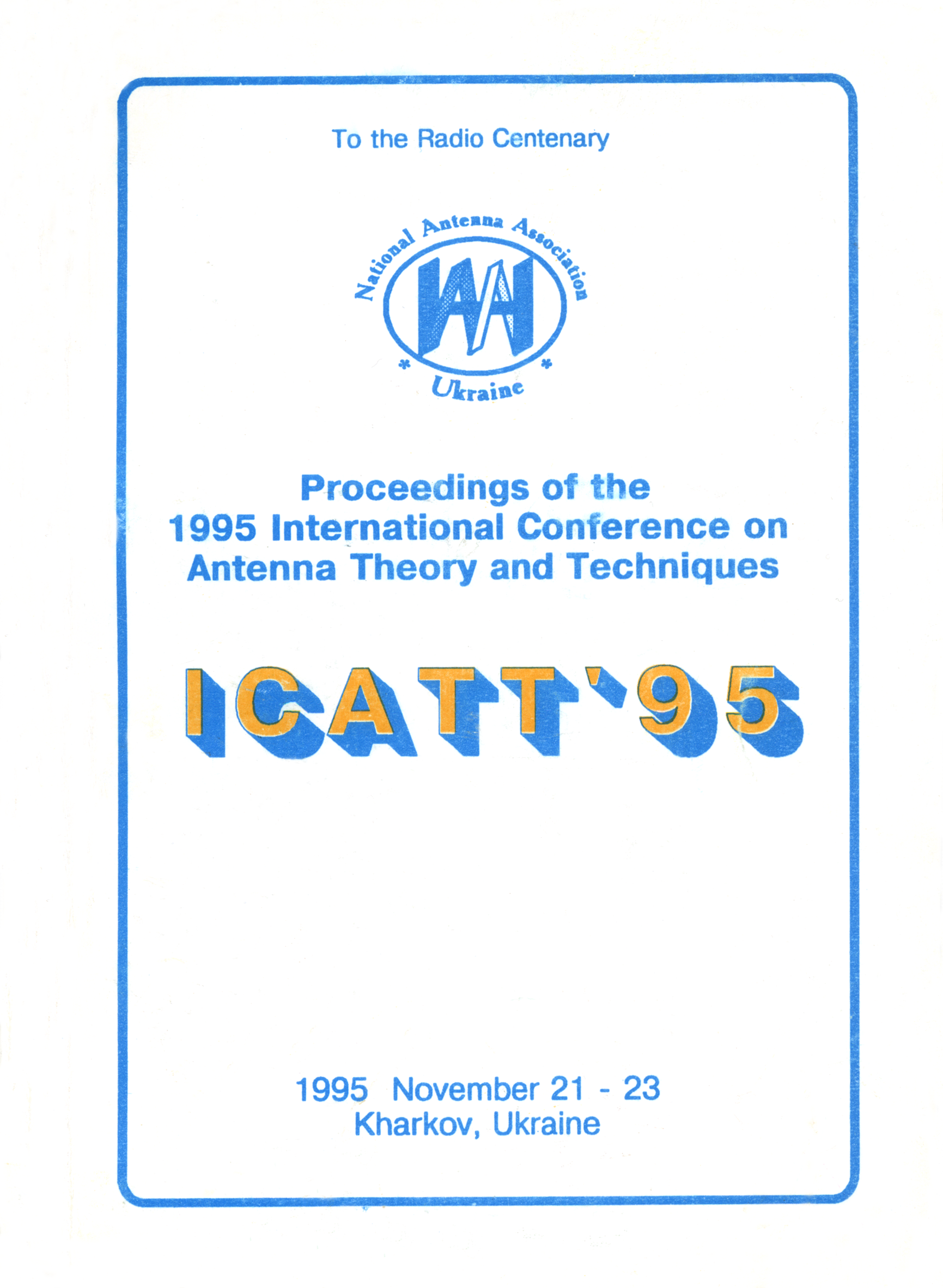Methods and means of creating a "mesospheric star" for adaptive optical antennas
DOI:
https://doi.org/10.1109/ICATT.1995.1234191Abstract
The paper presents the principles of resonance scattering lidars creation ensuring signals reception from the mesospheric admixture at the height of 80-100 km above the Earth surface. The spatial parameters characterizing the admixture layer are considered. Experimental results of the study of the annual variation dynamics of signals from the natural sodium layer are given. The seasonal variation of the layer altitude and the root-mean-square width are noted.
The possibilities to design a radiator and receiving system for the spatial-time image registration in the photon-counting-up regime are analyzed. The need for rising a power potential of the existing lidar systems for reaching the contrast required for the «mesospheric star» imaging is considered. The estimations of the spectral-power parameters of the systems ensuring the possibility to obtain a reference point source of a sufficient radiation-power emittance at the altitudes of the sodium layer natural stratification are cited. The necessity for approximation to the diffraction limit of the lidar radiator spatial characteristics is justified.
Potential possibilities to receive the data on the fluctuations of the signals passed twice through the turbulent area, with a view to form a control signal in the adaptive antenna systems, are studied.
Quantitative results of the experiments on achieving the radiator required power parameters are analyzed. The problems of the spatial-spectral matching of receiving and transmitting optics are considered.

